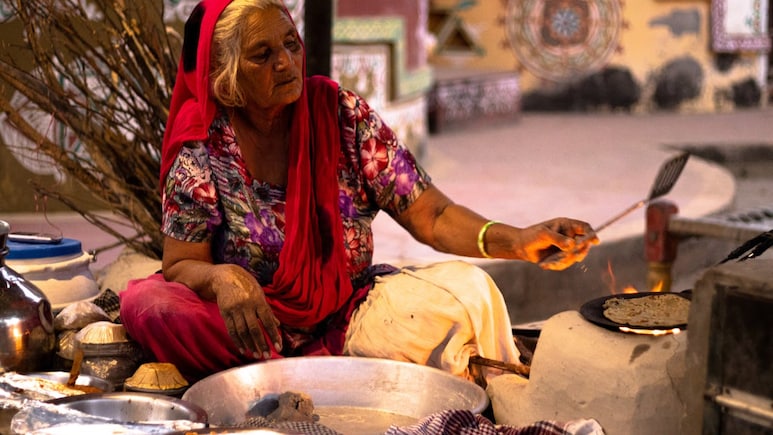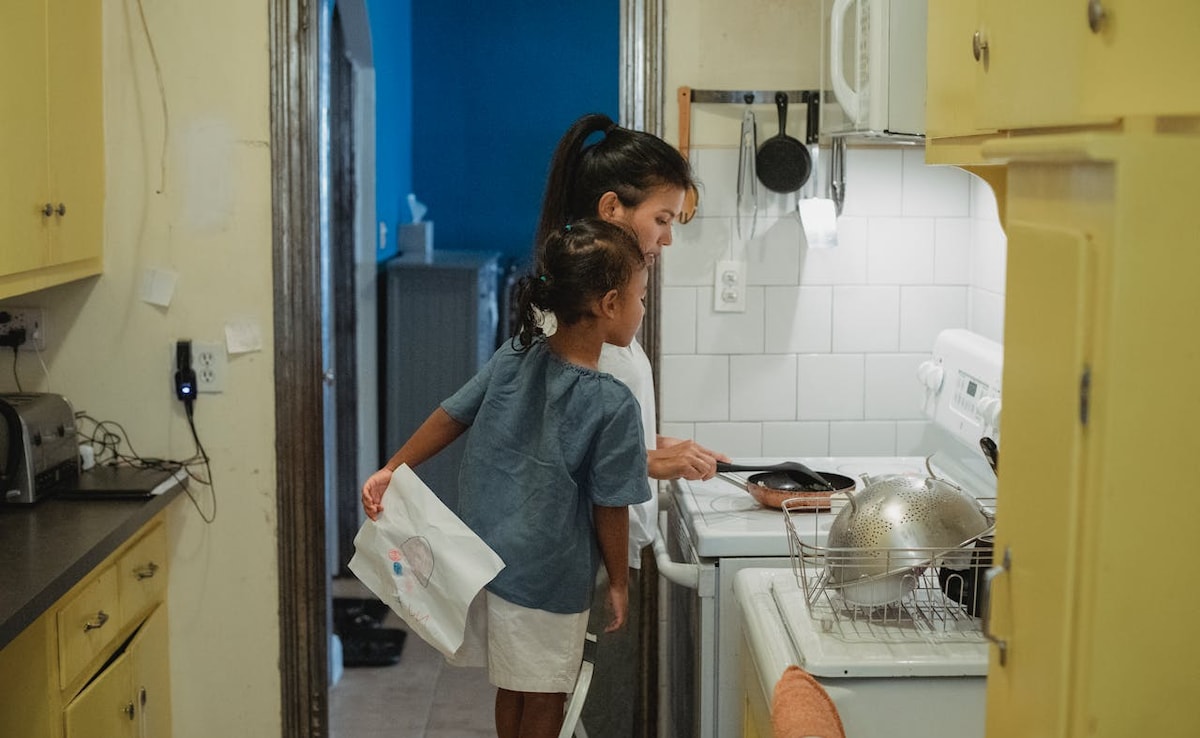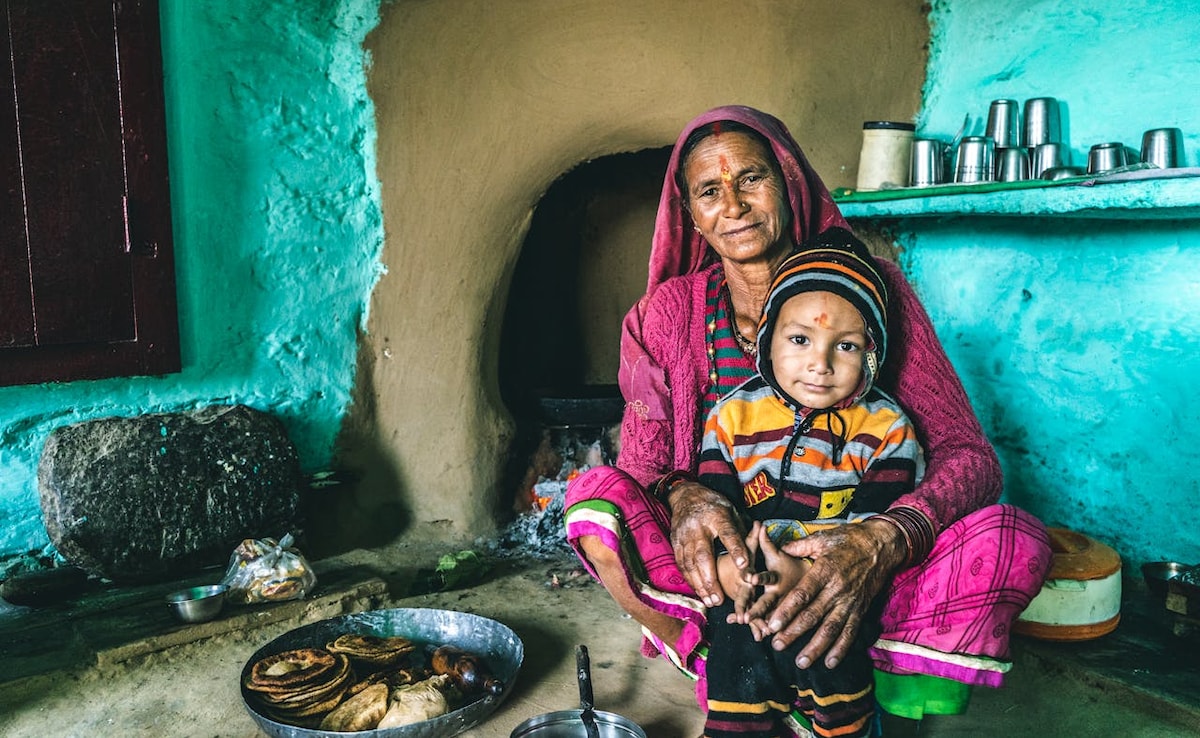
Every year on 26 September, the International Federation of Environmental Health (IFEH) leads the global observance of World Environmental Health Day (WEHD). In 2025, the theme is "Clean Air, Healthy People", with a specific emphasis on the role of air quality in promoting public health. The goal is both awareness and action: to recognize that clean air is not just an external environmental goal but fundamental to human health. For India, the timing is urgent. Our country continues to grapple with one of the highest indoor air pollution (IAP) burdens globally, especially in rural and lower-income households that rely on solid fuels for cooking, heating or lighting. A seminal review noted that indoor pollution from solid fuel combustion contributed heavily to mortality and disease burden, especially among women and children.
The World Health Organization also flags household (indoor) air pollution as a key contributor to respiratory infections, chronic lung disease and heart disease in India. In many Indian homes, we live, cook, sleep and breathe in shared air, which makes indoor quality a public health issue deeply entangled with everyday life.
So, this World Environmental Health Day, let's take a closer look at the leading causes of indoor air pollution in rural and urban Indian households, the health impacts, and practical, evidence-based steps that families can take to protect respiratory health.
Causes Of Indoor Air Pollution In India
Whether you live in a small town, a village or a large metropolitan city, nobody today can escape the fact that indoor air pollution is rampant due to its many causes. Here are some that you should know about.
1. Solid Fuels, Biomass, And Cooking Emissions
In rural India particularly, many homes still use wood, dung, crop residues, charcoal or coal in chulhas or traditional stoves. When combustion is incomplete, using inefficient stoves or without chimneys, pollutants like fine particulate matter (PM2.5), carbon monoxide, nitrogen oxides and volatile organic compounds are released into living spaces.
A recent study leveraging the Longitudinal Aging Study in India (LASI) found that older adults using solid fuels had significantly higher odds of reporting poor health outcomes. Specifically, lack of chimneys, cooking near windows, and use of traditional fuels were associated with worse self-reported health after adjustment for sociodemographic factors.
2. Urban Homes: Tight Spaces, Switches And Outdoor Infiltration
In urban settings, the problem becomes more complex. Homes are often compact, poorly ventilated, and surrounded by ambient air pollution from traffic, industry, etc. Pollutes from outside seep in, in the form of fine particles from road traffic, dust, and industrial emissions. Household sources such as incense, mosquito coils, candles, tobacco smoke, cleaning agents, aerosols and building materials (paints, varnishes, volatile organic compounds) further worsen indoor air quality.
A 2024 Indian study "Revealing the hidden health impact of indoor air pollution" found that 56.8% of participants reported one or more symptoms linked to indoor pollution (eye irritation around 30%, respiratory issues around 23%), signifying how common the burden is even in urban or peri-urban households.
3. Long-Term And Cumulative Exposures
Because people spend a majority of time indoors, like while sleeping, cooking, resting, even moderate concentrations of pollutants become harmful over time. A critical review of indoor air pollution's biological mechanisms highlights that chronic exposure initiates oxidative stress, DNA damage, epigenetic changes, inflammation and can worsen cardiovascular, neurological, ocular and foetal health outcomes. Women and children, who often spend more time indoors, bear disproportionate risk.

Photo Credit: Pexels
Impact Of Indoor Air Pollution On Indian Families
No matter which causes are most associated with your area of residence, here are some of the key impacts that indoor air pollution has had on Indian populations.
Respiratory And Lung Health Risks
Indoor air pollution is a key driver of chronic respiratory diseases (like asthma, chronic obstructive pulmonary disease), acute lower respiratory infections, and lung function decline. In India, household air pollution (HAP) is linked to a significant portion of deaths and disease. The Global Burden of Disease study estimated that in 2019, India had 0.61 million deaths attributable to household (indoor) air pollution, and 0.98 million deaths due to ambient pollution, together nearly 17.8% of total deaths.
Cognitive And Neurological Effects
Emerging Indian research connects long-term indoor pollution with cognitive decline in older adults. A 2022 study analysing household air pollution exposure (charcoal, incense, tobacco smoke) reported that higher exposure was associated with lower cognitive scores, even after adjusting for socioeconomic confounders. Another 2024 study among adults aged 45+ reaffirmed links of IAP exposure to poorer cognition.
General Health, Quality of Life And Vulnerable Groups
Indoor pollution aggravates cardiovascular disease, hypertension, stroke risk, especially when combined with outdoor pollution exposure. During pregnancy and early life, it increases risks of low birth weight, preterm birth, and impaired lung development in children. Persistent symptoms (cough, irritation, fatigue) reduce quality of life, drive health care costs, and burden families.
What Indian Families Can Do: Actionable Steps For Cleaner Indoor Air
Here are some easy steps that every Indian family can adopt for better respiratory and overall health.
Use Cleaner Cooking Fuels
Switching from solid biomass to LPG, piped natural gas, biogas, electricity or solar cookers dramatically cuts pollution. Many Indian households have benefited from the Pradhan Mantri Ujjwala Yojana (PMUY), which subsidized LPG connections for rural and low-income families.
Ventilation And Airflow Design
Good ventilation is critical, so always cook in a kitchen with a window, vent, exhaust fan or chimney to direct smoke outwards, not into living spaces. Cross-ventilation (windows on opposite walls), ceiling fans (to mix air), and keeping indoor-outdoor air paths open (doors or windows) help dilute pollutant concentrations.

Photo Credit: Pexels
Reduce Indoor Pollutant Sources
- Limit or avoid incense, mosquito coils, candles, aerosols and synthetic air fresheners in enclosed spaces.
- Use paints, adhesives, and varnishes with low volatile organic compound (VOC) ratings.
- Prohibit indoor smoking.
- Choose cleaning agents with fewer harsh chemicals; ventilate during cleaning.
Air Purifiers And Filtration (Where Feasible)
High-efficiency particulate air (HEPA) filters or air purifiers can reduce indoor PM2.5 levels, especially in polluted urban homes. These won't solve source pollution but help during high ambient pollution days. Ensure regular filter cleaning and appropriate sizing for the room area.
Behavioural And Habitual Adjustments
- Cook with lids on pots to reduce emissions.
- Let smoke clear before re-entering rooms.
- Clean stove, chimney ducts, filters periodically.
- Position cooking surfaces away from airflow passing through windows.
- Avoid indoor burning of waste like plastics, biomass or trash.
On World Environmental Health Day 2025, with its "Clean Air, Healthy People" rallying cry, we have a critical reminder: the air quality inside our homes matters as much as the air quality outside.
In India, where millions still rely on solid fuels and live in densely polluted regions, indoor air pollution is a silent crisis stealing lung capacity, cognitive health, and quality of life. But families need not wait for macro policies alone. By adopting cleaner cooking fuels, ensuring proper ventilation, cutting indoor pollutant sources, and using air filtration judiciously, every household can become a zone of healthier air. Clean indoor air is not an impossible luxury, it is an achievable right.
Disclaimer: This content including advice provides generic information only. It is in no way a substitute for a qualified medical opinion. Always consult a specialist or your own doctor for more information. NDTV does not claim responsibility for this information.
Track Latest News Live on NDTV.com and get news updates from India and around the world

